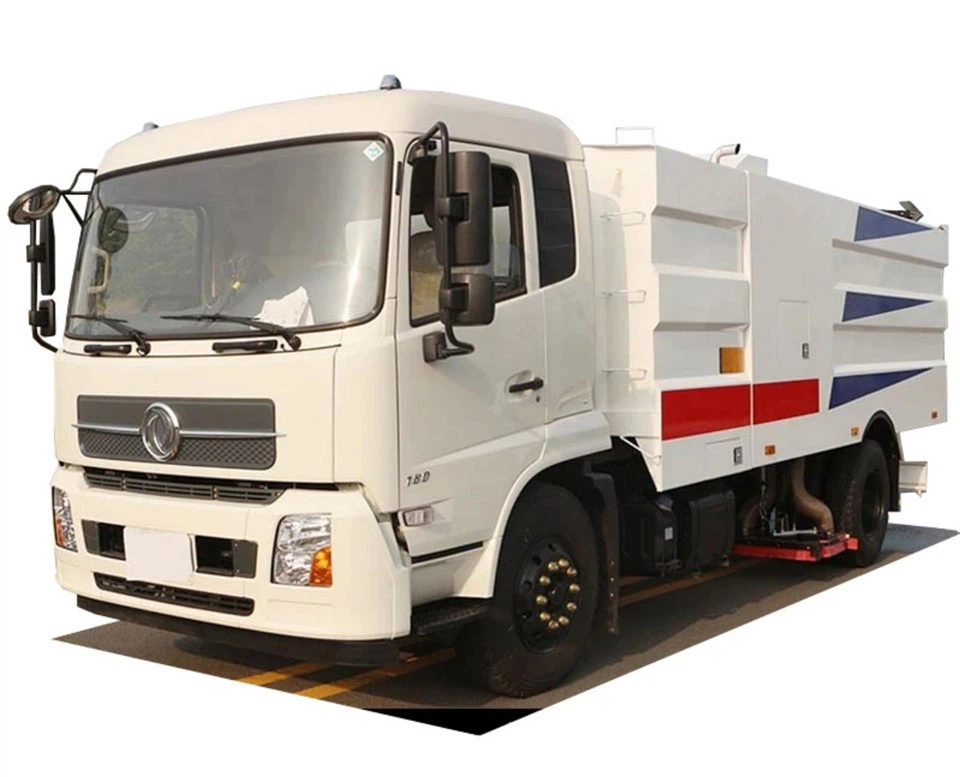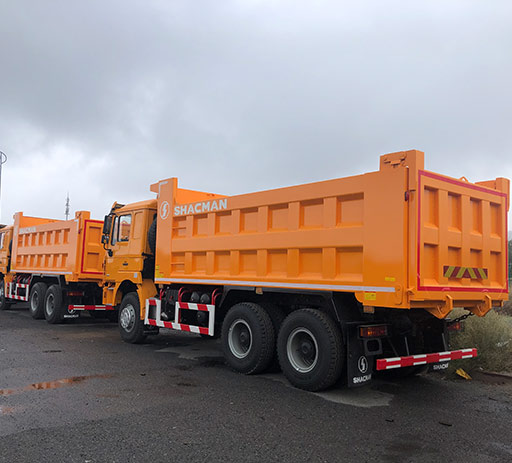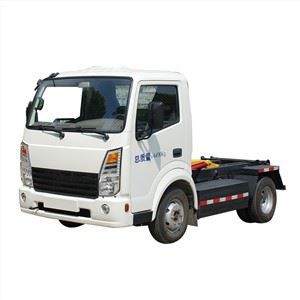American Hooklift: A Comprehensive Guide to Versatile Waste Management Solutions

Introduction
The American hooklift system represents a revolutionary solution for versatile waste management and transportation of heavy loads. Known for its adaptability and efficiency, the hooklift system is widely utilized in various industries, including construction, transportation, and waste disposal. This article will delve deep into the ins and outs of American hooklifts, exploring their components, applications, benefits, and more. Whether you’re a business owner looking to implement this system or simply curious about its workings, you’re in the right place!
What is an American Hooklift?
An American hooklift is a specialized truck system designed to lift and transport containers or bins. The system utilizes a hook mechanism that can easily load or unload various types of containers, making it a versatile tool for various industries. The hooklift system can efficiently manage a wide range of materials, from construction debris to recycling materials and even household waste.
Components of a Hooklift System
The hooklift system is made up of several essential components that work together harmoniously to achieve efficient loading and unloading operations:
- Hook Mechanism: The central feature of the hooklift, which is designed to grasp and lift containers.
- Hydraulic System: Powers the operation, allowing the hook to lift and lower the container.
- Chassis: The truck or vehicle on which the hooklift is mounted, providing mobility.
- Container: The bins or boxes that the system transports.
- Control System: The levers or electronic controls used by the operator to manage the hooklift’s functions.
Applications of American Hooklifts
The versatility of hooklifts allows them to be used in various applications across numerous industries. Here are some key areas where American hooklifts excel:
Construction Sites
In construction, hooklifts are ideal for transporting debris, equipment, and materials. Their ability to function in tight spaces and manage heavy loads makes them invaluable on busy job sites.
Waste Management

Hooklifts play a significant role in waste management systems. They can quickly load and transport different types of waste containers, enhancing the efficiency of waste collection services.
Landscaping Services
Landscaping companies often utilize hooklifts to move soil, mulch, and other organic materials. Their ability to switch between various containers easily means they can adapt to different jobs with minimal downtime.
Municipal Services
Many municipalities use hooklifts to manage public waste. Their flexibility allows for efficient operations in diverse environments, from urban areas to rural settings.
Recycling Centers
Hooklifts are crucial in recycling operations where different containers need to be moved regularly. Their efficient nature facilitates quick transfers, which is essential for maintaining recycling rates.
Benefits of Using American Hooklifts
Investing in an American hooklift system offers numerous advantages that can enhance operational efficiency and productivity:
Versatility
One of the standout features of hooklifts is their versatility. They can accommodate various container sizes and types, making them applicable across multiple industries.
Efficiency
The quick loading and unloading capabilities of hooklifts allow for faster operations, reducing downtime and improving overall efficiency.
Cost-Effective
Although the initial investment can be higher than traditional systems, the long-term savings in labor and time make hooklifts a cost-effective option for many businesses.
Space-Saving Design
Hooklift systems require less space than other hauling alternatives, allowing for operations in confined areas that would otherwise be challenging.
Improved Safety
With their automated loading and unloading processes, hooklifts reduce the manual handling of heavy materials, thereby enhancing workplace safety.
Choosing the Right Hooklift for Your Needs
Selecting the right hooklift system is crucial for achieving optimal performance for your specific applications. Here are vital considerations to guide your decision:
Load Capacity
Ensure the hooklift system can handle the maximum weights you plan to transport. Assess the specifications of various models to find one that meets your load requirements.
Container Types
Determine the types of containers you will use with the hooklift. Compatible sizes and types will directly influence your ability to utilize the system effectively.
Vehicle Compatibility
The hooklift system must be compatible with the vehicle you intend to use. Assess any modifications that might be necessary for a perfect fit.
Hydraulic System Ratings
The hydraulic system’s power and capability play a role in how quickly and efficiently the hooklift operates. Consider systems with high hydraulic ratings for better performance.
Maintenance Tips for American Hooklifts
Regular Inspections
Conduct frequent inspections to identify any signs of wear or damage. Check the hydraulic system, hook mechanism, and controls regularly to ensure they function correctly.
Keep Components Lubricated
Ensure all moving parts are well-lubricated to reduce friction and wear. Regularly check and refill hydraulic fluid as needed.
Clean the System
Debris and dirt can affect the operation of your hooklift. Keep the system clean, especially around the hook and hydraulic zones, to maintain efficiency.
Follow Manufacturer Guidelines
Refer to the manufacturer’s maintenance manual for specific upkeep requirements. Following these guidelines ensures that the equipment remains in good working order.
Cost Considerations When Investing in a Hooklift
The cost of acquiring and operating an American hooklift can vary significantly based on several factors. Understanding these costs can help businesses budget effectively.
Initial Investment
The initial purchase price is influenced by factors such as the type of hooklift, its capacity, and any additional accessories or modifications needed.
Operating Costs
Consider costs related to fuel, maintenance, and repairs. Efficient systems may save more in operating costs over time.
Financing Options
Explore financing options, such as leasing or loans, to make the initial investment more manageable without affecting cash flow significantly.
Regulatory Considerations for Hooklift Usage
When using hooklift systems, it’s essential to comply with local and federal regulations to ensure safe and legal operations. Here are some regulatory aspects to consider:
Licensing and Permits
Check if any specific licenses or permits are necessary for operating hooklifts in your area. Different states may have unique requirements.
Safety Standards
Adhere to safety regulations that apply to heavy machinery and transportation. Familiarize yourself with OSHA guidelines to ensure a safe operational environment.
Environmental Regulations
Be aware of any environmental regulations that pertain to waste disposal and handling materials. Ensure your hooklift operations comply to avoid penalties.

Frequently Asked Questions (FAQs)
What industries commonly use American hooklifts?
Hooklifts are utilized in various industries, including construction, waste management, landscaping, recycling, and municipal services.

How much weight can an American hooklift lift?
The lifting capacity of hooklifts varies by model, but many can handle loads ranging from 10,000 to over 30,000 pounds, depending on the design.
Are American hooklifts difficult to operate?
Most hooklift systems include user-friendly controls for easy operation. However, operators should be trained to ensure safety and efficiency.
Can hooklifts be used for longer-distance transportation?
Yes, hooklifts can be used for longer distances as long as they are mounted on suitable vehicles. Consider local regulations when transporting heavy loads.
What maintenance should I perform on my hooklift?
Regular inspections, lubrication of moving parts, cleaning the system, and following manufacturer guidelines are essential for proper maintenance.
How do I choose the right hooklift system for my needs?
Consider factors such as load capacity, container types, vehicle compatibility, and hydraulic system ratings when selecting the right hooklift for your requirements.
Practical Examples of Hooklift Applications
To further illustrate the versatility of American hooklifts, here are some practical examples showcasing their application in real-world scenarios:
Example 1: Construction Sites
A construction company utilizes an American hooklift to remove debris from a site. They alternate between different container sizes to handle various materials, streamlining the waste removal process and minimizing downtime.
Example 2: Landscaping Projects
Landscape professionals use hooklifts to transport mulch, soil, and large plants across various job sites. Their ability to quickly switch containers allows them to adapt to each project’s unique requirements.
Example 3: Municipal Waste Collection
A city employs hooklifts for efficient waste collection, allowing for easy interchanging of containers based on the day’s collection needs. This adaptability has improved waste management efficiency in urban areas.
Example 4: Recycling Operations
Recycling centers utilize hooklifts to move large recycling bins between locations. This capability enables smoother operation and better integration with local waste management services.
Example 5: Industrial Settings
In an industrial setting, hooklifts are used to transport raw materials from one area to another. Their robust design allows for safe and efficient handling of heavy items, reducing manual labor and increasing productivity.
